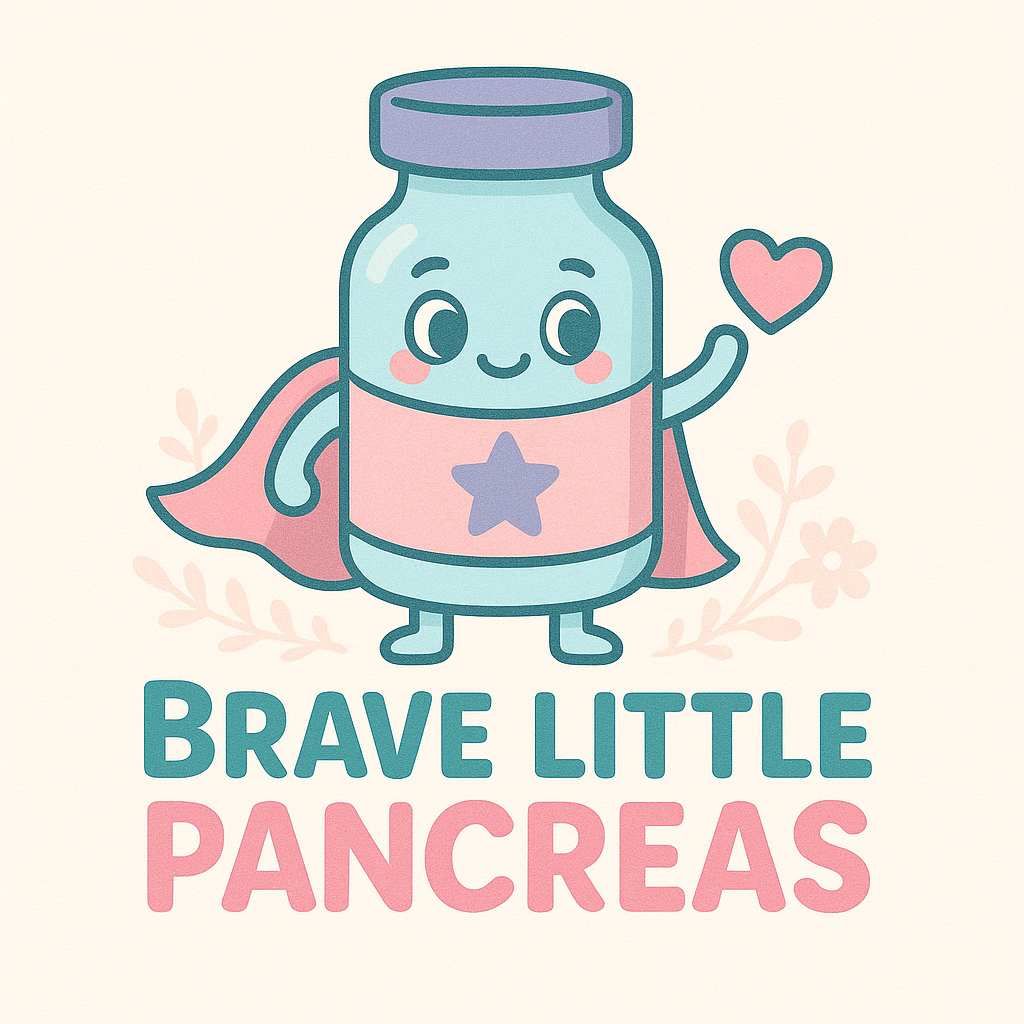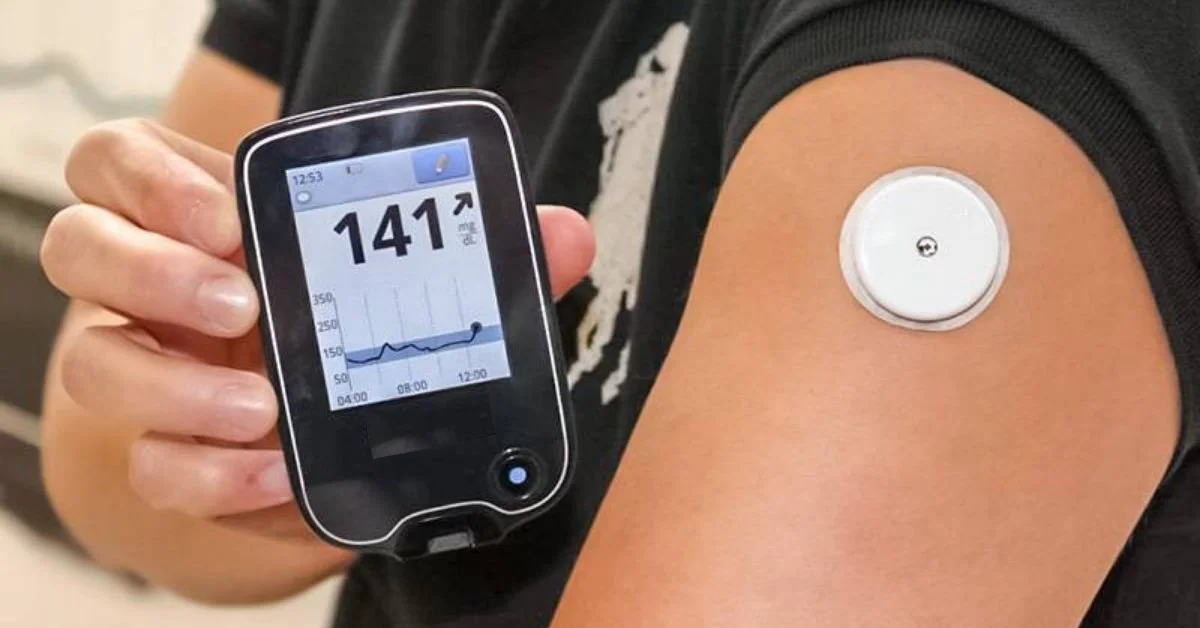IN THIS LESSON
You’ll learn:
✔️ Why monitoring blood sugar is critical for children with T1D
✔️ The different methods available (finger sticks vs. CGMs)
✔️ How often to check and what numbers mean
✔️ How to respond to highs and lows
Why Monitoring Matters
Blood sugar monitoring is the foundation of Type 1 Diabetes care. It helps you:
Understand how food, activity, stress, and insulin affect your child
Prevent dangerous highs (hyperglycemia) and lows (hypoglycemia)
Build confidence in daily decision-making
Ways to Monitor
1. Finger Stick (Blood Glucose Meter):
Small drop of blood on a strip → quick reading
Portable and reliable
Great backup even if your child uses a CGM
2. Continuous Glucose Monitor (CGM):
Worn on the body, checks glucose every few minutes
Sends readings to a phone or receiver
Shows trends (going up or down) instead of just one number
Helpful for spotting patterns and preventing lows
How Often Should You Check?
Before meals
Before bedtime
During/after exercise
When your child feels “off” (shaky, thirsty, tired, etc.)
More often during illness or unusual routines
What Do the Numbers Mean?
Target ranges are different for each child, but many aim for ~70–180 mg/dL (check with your care team).
Low (<70 mg/dL): Treat with 15g fast-acting carb (juice, tabs, gummies). Recheck in 15 min.
High (>250 mg/dL): Give insulin correction if prescribed. Encourage water. Check for ketones if persistent.
Quick Parent Tip
Don’t panic over every number. Look for patterns over time — that’s what matters most in managing diabetes day-to-day.
Next Lesson Preview: How food + carbs affect blood sugar (and what you can do to make meals easier).
-
Add a short summary or a list of helpful resources here.


